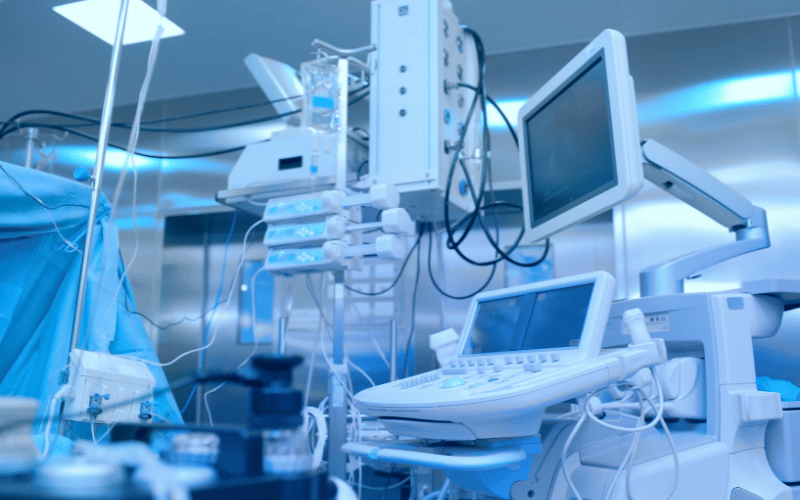Visit Green Cubes at GHI INTERNATIONAL ANNUAL CONFERENCE, Amsterdam, Netherlands November 10-12, 202

Continuous voltage protects patient care
Diagnostic stations, ventilators, and imaging carts cannot afford voltage dips that risk data loss or therapy interruption. Lithium forklift batteries hold output almost constant throughout each discharge cycle, so mobile clinical devices and supply-chain lifts operate at full specification until the battery is nearly empty. Stable power lets biomedical staff focus on care quality rather than troubleshooting brownouts.
Fast recharge supports emergency readiness
A conventional lead-acid pack may occupy a charger for eight hours before it cools enough to return to service. Lithium chemistry regains full capacity in roughly two hours and tolerates brief top-up charging during shift changes or sanitation rounds without shortening life. Quick turnaround ensures spare units are always staged for unexpected patient surges or urgent resupply tasks.
Minimal upkeep suits sterile environments
Lead-acid cells demand watering, corrosion cleaning, and equalization cycles—procedures that introduce splash hazards near sterile zones. Sealed lithium designs eliminate those steps; daily care drops to a visual inspection and a glance at the integrated status panel. Clinical engineering teams can redirect recovered labor hours to preventive checks on infusion pumps, defibrillators, and other high-priority devices.
Long service life eases capital planning
Lead-acid batteries average 1,400 cycles, while modern lithium packs often exceed 3,000 before noticeable capacity decline. Fewer replacements lower procurement spend, reduce disposal paperwork, and simplify multi-year budgeting. Finance departments weighing upgrades can review Green Cubes’ forklift battery portfolio to select packs that match voltage and footprint requirements.
Implementation guidelines
- Verify lithium pack weight and dimensions align with existing lift models and mobile equipment bases.
- Position high-efficiency chargers near supply corridors yet outside sterile areas to protect electronics.
- Record baseline battery-related downtime, then compare performance data post-conversion through the onboard monitoring portal.
- Train operators to plug in during natural pauses, such as specimen transport drop-offs or linen exchanges.
Hospitals and medical distributors that transition to lithium forklift batteries report steadier equipment uptime, lower utility costs, and leaner maintenance schedules. Request a customized reliability assessment to learn how quickly your facility can achieve similar improvements.
DISCLAIMER Please note that everything posted on this site is up to date at the time of posting. Things change and products may be discontinued at any time. Please contact us for the most up to date information.
